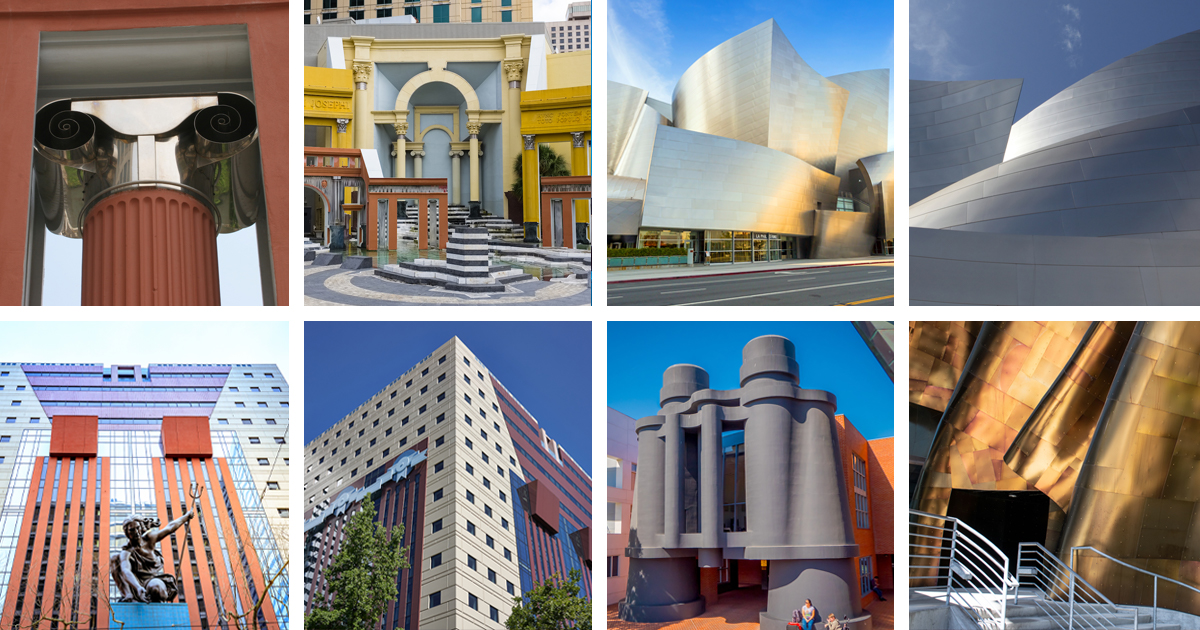Postmodern architecture often rejects modernist minimalism by incorporating historical references, symbolism, and exaggerated forms. To identify contemporary examples with playful shapes, focus on these markers:
Signature Characteristics
Non-functional ornamentation: Look for decorative elements serving purely aesthetic purposes, like oversized columns, colorful moldings, or faux structural details that add whimsy.
Asymmetry and fragmentation: Deliberately unbalanced compositions with clashing geometric forms (e.g., triangular windows on curved walls, tilted structures) challenge conventional design logic.

Playful Shape Indicators
- Hyperbolic forms: Undulating curves, bulging walls, or distorted arches that defy gravity.
- Hybrid geometries: Unexpected combinations like trapezoids fused with circles or zigzag rooflines intersecting spheres.
- Cartoonish proportions: Oversized elements (giant keystones, monumental pilasters) used ironically.
Material and Color Cues
Bright, clashing palettes (turquoise with terracotta) and mixed materials (marble beside corrugated metal) signal postmodern intent. Facades often feature unconventional patterns such as polka dots, zigzags, or pixelated textures.
Identifying Context
Focus on buildings constructed 1980s-2000s in cultural hubs or commercial districts. Contemporary landmarks may exhibit postmodern traits through:
- Satirical classical references (e.g., broken pediments)
- Collaged aesthetics where mismatched styles coexist
- Deliberate "kitsch" through plastic or neon elements
Verification Methodology
Cross-reference observed features with documented postmodern principles:
- Does the design prioritize expression over function?
- Are historical motifs reinterpreted humorously?
- Do shapes provoke disorientation or amusement?
Authentic examples balance irony with architectural coherence rather than randomness.







